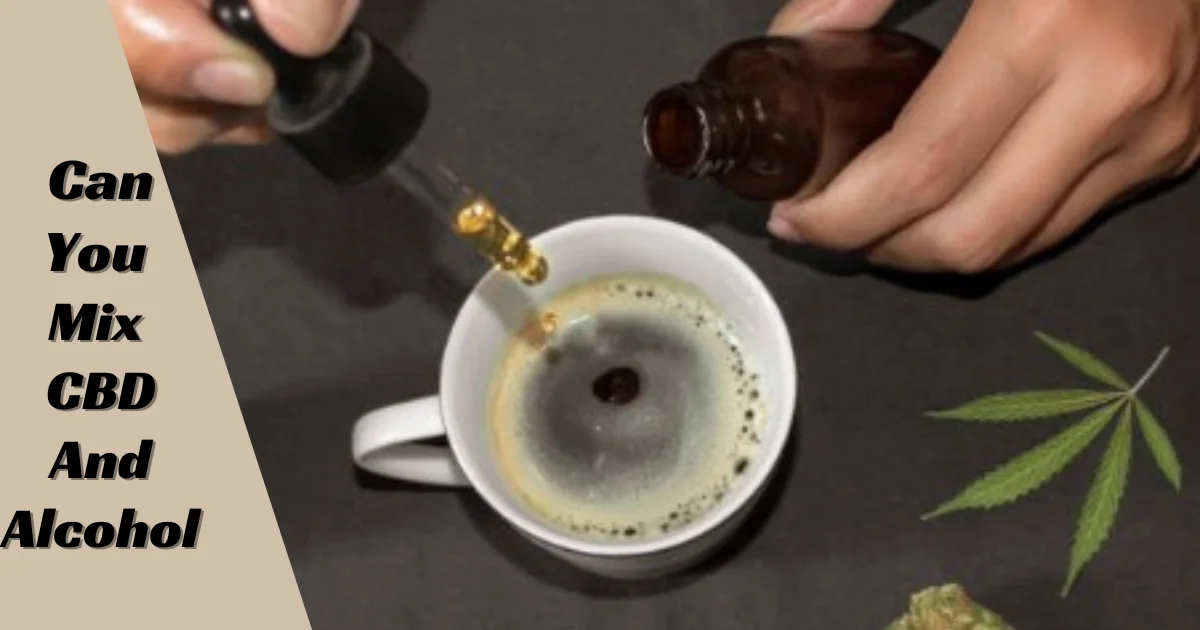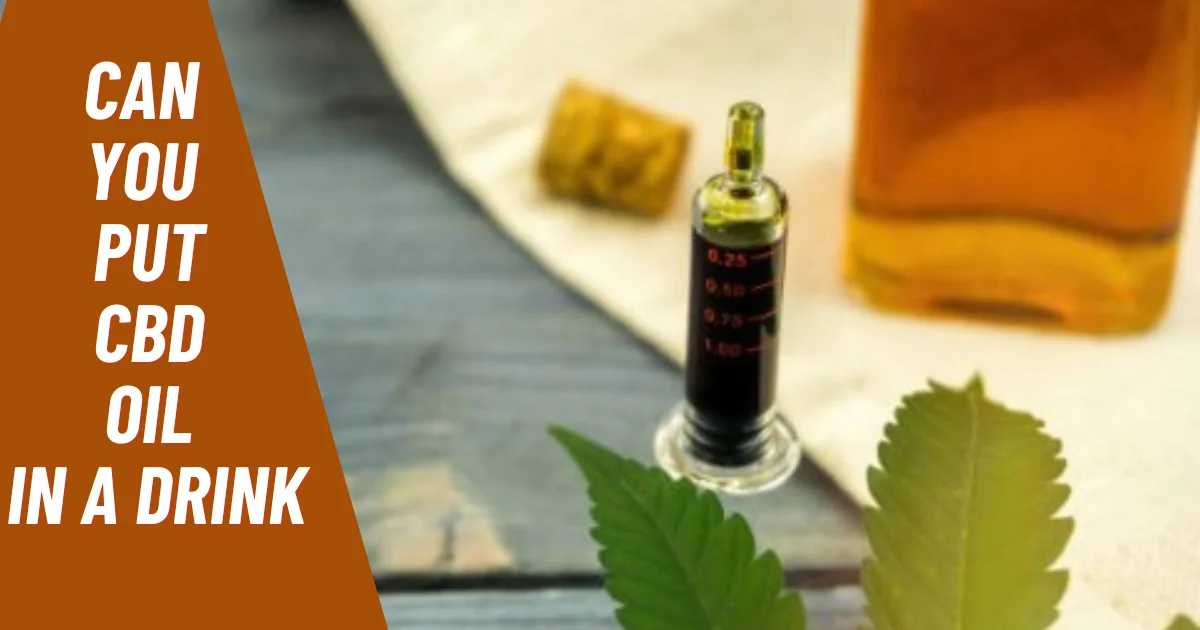With the rising popularity of CBD oil, you may be wondering what the different levels mean. CBD, or cannabidiol, is one of over 100 active compounds found in the cannabis plant. Unlike THC, CBD is non-psychoactive, meaning it won’t get you high. CBD interacts with the body’s endocannabinoid system to deliver potential health benefits. But not all CBD oils are created equal.
Levels can range from 2 mg per serving to over 100 mg. The ideal dosage depends on your needs and tolerance. This article will explain the CBD levels and help you determine the right amount for conditions you want to treat. You’ll gain knowledge to shop for CBD confidently.
What is CBD?
This natural compound, short for cannabidiol, comes from the cannabis plant. Unlike THC, CBD won’t get you high. Let’s explore basic strategies for understanding CBD levels and their essential aspects.
CBD, or cannabidiol, is a chemical compound found in cannabis plants. It interacts with our endocannabinoid system, influencing various functions in the body. People use CBD for potential health benefits without the euphoric effects associated with THC.
Brief background on CBD and how it works
CBD works by interacting with receptors in our endocannabinoid system, helping maintain body balance. Research suggests it may offer relief from anxiety, pain, and inflammation. Understanding how CBD works can empower you to make informed choices about its use.
Differences between CBD and THC
CBD and THC are both compounds in cannabis, but they have different effects. Unlike THC, CBD doesn’t produce a “high.” Knowing these distinctions is crucial when choosing products, ensuring you get the desired results without unwanted consequences.
Legal status of CBD products
CBD’s legal status varies globally and within countries. In many places, CBD derived from hemp with minimal THC content is permitted. However, staying informed about local regulations is essential to ensure you’re within legal boundaries when using CBD products.
Factors that Determine CBD Dosage
Are you considering CBD but need clarification on the correct dose? Let’s break down some basic strategies for determining CBD levels based on factors like body weight, the reason for taking CBD, and individual metabolism and tolerance.
Body weight
Your body weight plays a role in CBD dosage. Generally, individuals with higher body weight may require a higher CBD dose to experience the desired effects. It’s a simple factor to consider when figuring out where to start with your CBD journey.
Reason for taking CBD
The purpose behind taking CBD matters. Different conditions may require different CBD levels. For instance, someone using CBD for chronic pain might need an extra dosage than someone using it for anxiety. Understanding your specific needs guides you toward the correct dosage.
Individual variation in metabolism and tolerance
Metabolism and tolerance vary from person to person. Some people metabolize substances quickly, while others take more time. Tolerance levels also differ. Start with a lower CBD dose and gradually adjust based on how your body responds, finding the sweet spot for optimal benefits.
Low CBD Levels (2-15mg per serving)
Low CBD levels are ideal for individuals who are new to CBD or prefer milder effects. These servings provide a subtle introduction, allowing users to gauge their response to CBD without overwhelming sensations. The gentle nature of low levels makes it a suitable starting point for those exploring CBD for the first time.
Potential uses: mild anxiety, sleep aid, general wellness
For light users, low CBD levels can address mild anxiety, promote better sleep, and contribute to overall well-being. The calming effects help alleviate everyday stressors without inducing drowsiness or significant changes in alertness. Incorporating low CBD servings into your routine can be a simple and effective way to support a balanced and relaxed lifestyle.
Medium CBD Levels (15-50mg per serving)
Medium CBD levels cater to those seeking a balance between mild and potent effects. These servings are suitable for moderate users who may have some experience with CBD and are looking for more noticeable benefits without an overwhelming impact. The mild nature of these levels makes them adaptable to various preferences.
Potential uses: chronic pain, arthritis, moderate anxiety
For moderate users, medium CBD levels offer potential relief from chronic pain, arthritis, and mild anxiety. The slightly higher concentration allows for more pronounced effects, making it a valuable choice for managing persistent discomfort. Whether dealing with daily aches, joint issues, or moderate stress, incorporating medium CBD servings into a routine may provide targeted support.
High CBD Levels (50-100+ mg per serving)
Ready to explore high CBD levels? Let’s uncover the basics and dive into the benefits for experienced users, focusing on servings containing 50-100+ mg of CBD.
Benefits for experienced users
High CBD levels are designed for individuals familiar with CBD seeking potent effects. Experienced users can benefit from these services, appreciating their robust impact. The high concentration caters to those with a greater tolerance, allowing for a more pronounced response to CBD.
Potential uses: severe pain, nausea, seizures
For experienced users, high CBD levels offer potential relief from severe pain, nausea, and seizures. The elevated concentration makes these servings particularly effective for managing intense symptoms. Whether dealing with chronic pain, persistent nausea, or seizures, incorporating high CBD servings into a routine may offer targeted and substantial support.
Final Thoughts
What levels of CBD empower them to make informed choices based on their needs and preferences? to high CBD levels, users can tailor their dosage to address specific conditions, ranging from mild anxiety to severe pain. By recognizing the benefits and potential uses at each level, individuals can confidently navigate the diverse landscape of CBD products for a personalized and practical experience.






